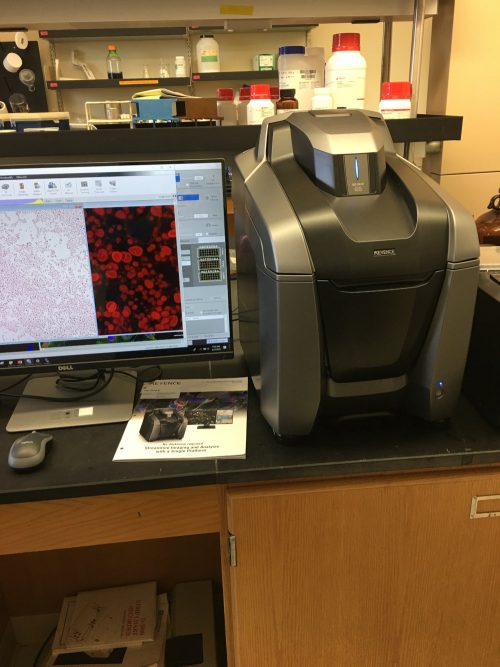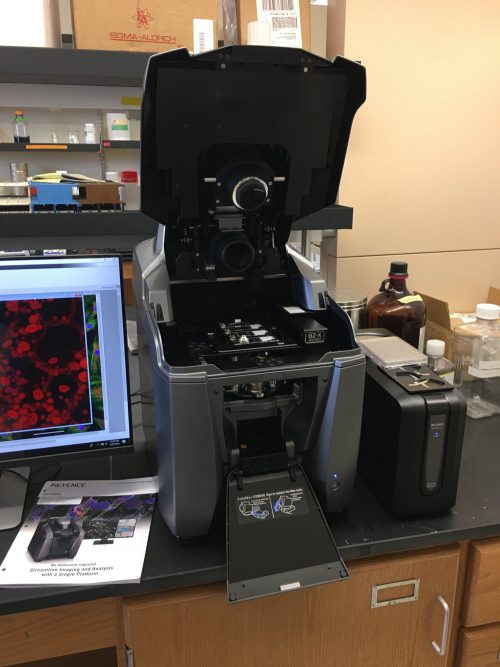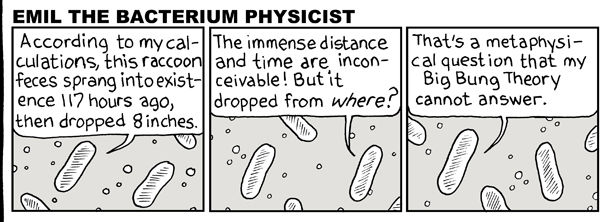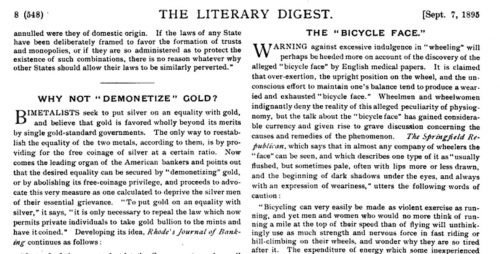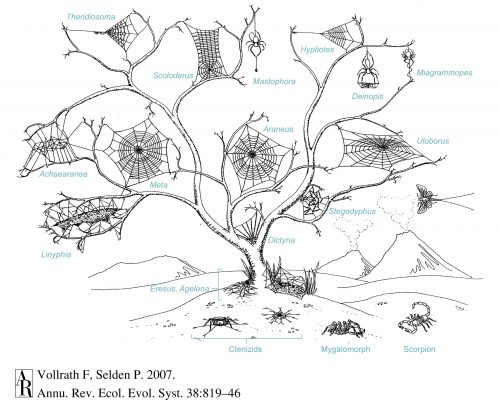I understand Brexit even less now. Theresa May has offered to throw herself on her political sword to get her desired deal.
What a grotesque Faustian pact they have concocted. In the early evening, Theresa May walked into a committee room in parliament and indicated to her parliamentary party that she would quit if they backed her deal. Journalists and MPs reacted with bewildering innocence to all this. The widespread presumption – laughable when you see it written down in black and white – was that it was true. In fact, it seemed perfectly in line with her usual tactic of saying whatever gets her through the day, then dealing with the consequences of it further down the line. One thing you can always rely on with May is that if there is wriggle room, she will make good use of it. And there was plenty of wriggle room in the vague assurances she offered the parliamentary Conservative party this evening.
But put that to one side. Let’s say it is true. Consider for a moment how disreputable this is. Any deal which requires the resignation of its author in order to get is passed is by default not worth supporting. And any political culture which would require the author of a deal to step down in order for MPs to back it is plainly in a state of advanced decay.
The American political mess I can understand, even if I hate it. Some rich, corrupt parasites have figured out that they can tap into the deep vein of American racism to get the political power to loot the country to their benefit — they’ve been poisoning the black children of Flint, Michigan while lowering their own taxes. I get it. If I had no moral compass and lacked all empathy, I could imagine sucking the country dry for my own profit as a net gain.
But what are the Brexit crusaders going to gain? I’m sure someone can profit from pure economic chaos, as an opportunity to pick up the broken shards of people’s lives and put them in the bank, but it can’t be that simple, can it? If someone were approaching my car with a sledgehammer intending to smash it into scrap, I wouldn’t ask my wife to vote with me on allowing it.
Is it just weird English pride? Co-existing with other partner nations might rankle a population that still remembers being the ruler of a vast empire. Is that it? As American politicians tap into the reliable resource of our racism, are British politicians relying on the sentiment of “Rule, Britannia! rule the waves: Britons never will be slaves”?
I hope it’s not the charisma of the Brexit leadership. Nigel Farage always seems like a dippy used car salesman; Boris Johnson is a clown; Jacob Rees-Mogg…oh, god. The Etonian pomposity. I once listened to him on the internet and felt a rising need to stand on a table and sing the Marseillaise. Another question: how do the British manage to listen to that pretentious snob without rising up in revolution? I wouldn’t be able to do it.
I guess the plan here is to answer my questions by simply plunging ahead and doing the experiment: ripping the country out of the European union, and then sifting through the wreckage to see who, if anyone, profited. One has to admire their dedication to empiricism, at least.




